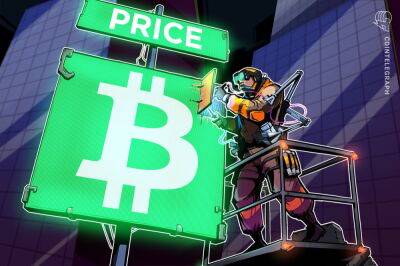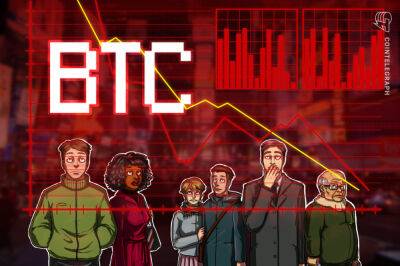When terminator robots police loan markets
Nine days after Avraham Eisenberg began to borrow curve cryptocurrency tokens on Aave, a decentralised lending platform for digital assets, he found his $38 million loan abruptly liquidated by terminator bots.
An estimated $10 million loss on a failed punt sounds only mildly annoying, compared with everything else going on in Eisenberg’s life — the self-described “applied game theorist” was arrested in Puerto Rico recently for allegedly draining $110 million from trading platform Mango Markets. Still, the zapping of the trader’s short CRV position, as the curve tokens are known, has sparked a lively debate.
The abruptly curtailed life of the loan is a feature of decentralized-finance, or DeFi, marketplaces that allow volatile cryptocurrencies to be lent against one another. The trader had borrowed CRV tokens by posting USDC, a dollar stablecoin, as collateral.
If this were conventional debt, the borrower would get a margin call when the lender became uncomfortable with the collateral covering it. On a public blockchain, anybody can track such situations. To keep the system safe, arbitrageurs are encouraged to step in. These are algorithms that raise a so-called flash loan (more on them later) to liquidate vulnerable short positions. They pocket a reward from the software code — smart contract — running lending protocols such as Aave.
Although not directly linked to the Eisenberg loan, recent work by academic researchers has concluded that DeFi harbors a systemic fragility, wherein liquidations engender other liquidations. Collateral prices get affected across trading venues; the malaise spreads. Flash loans are to blame — they’re so fast and frictionless that decentralized lending becomes inherently crash-prone.
At the
Read more on moneycontrol.com

 moneycontrol.com
moneycontrol.com




















